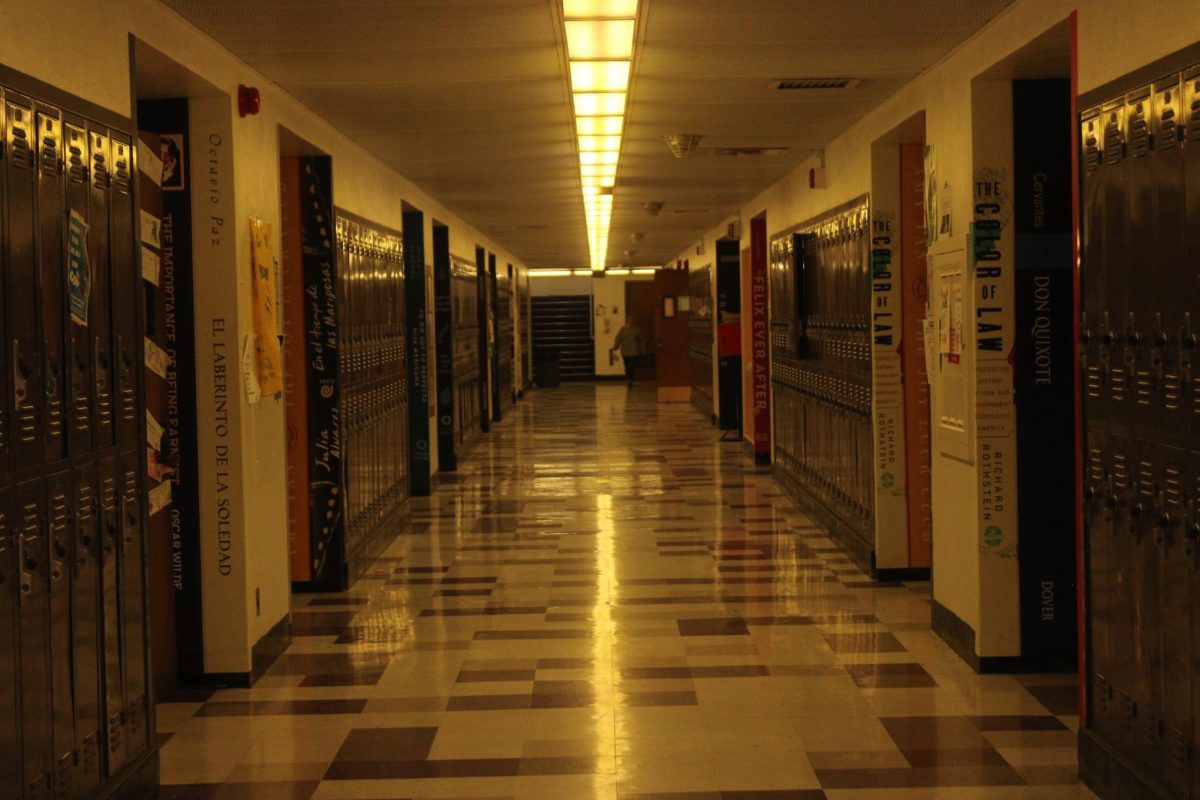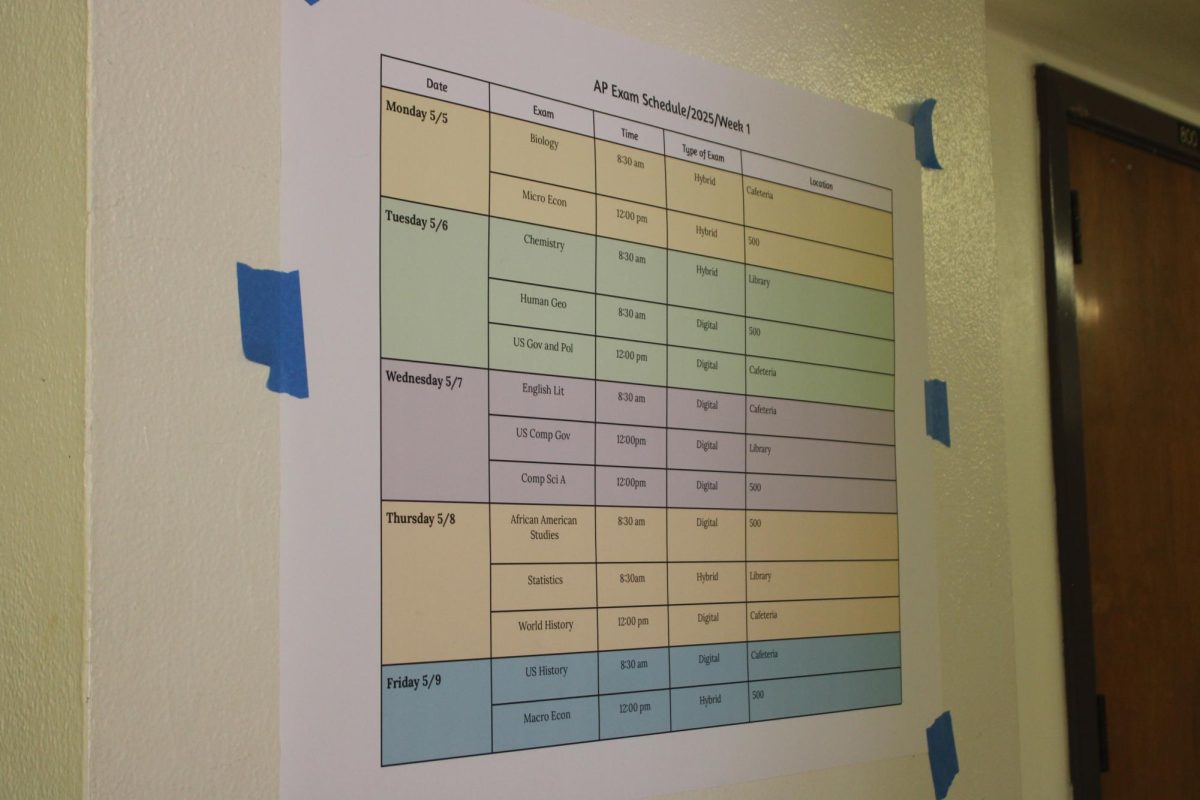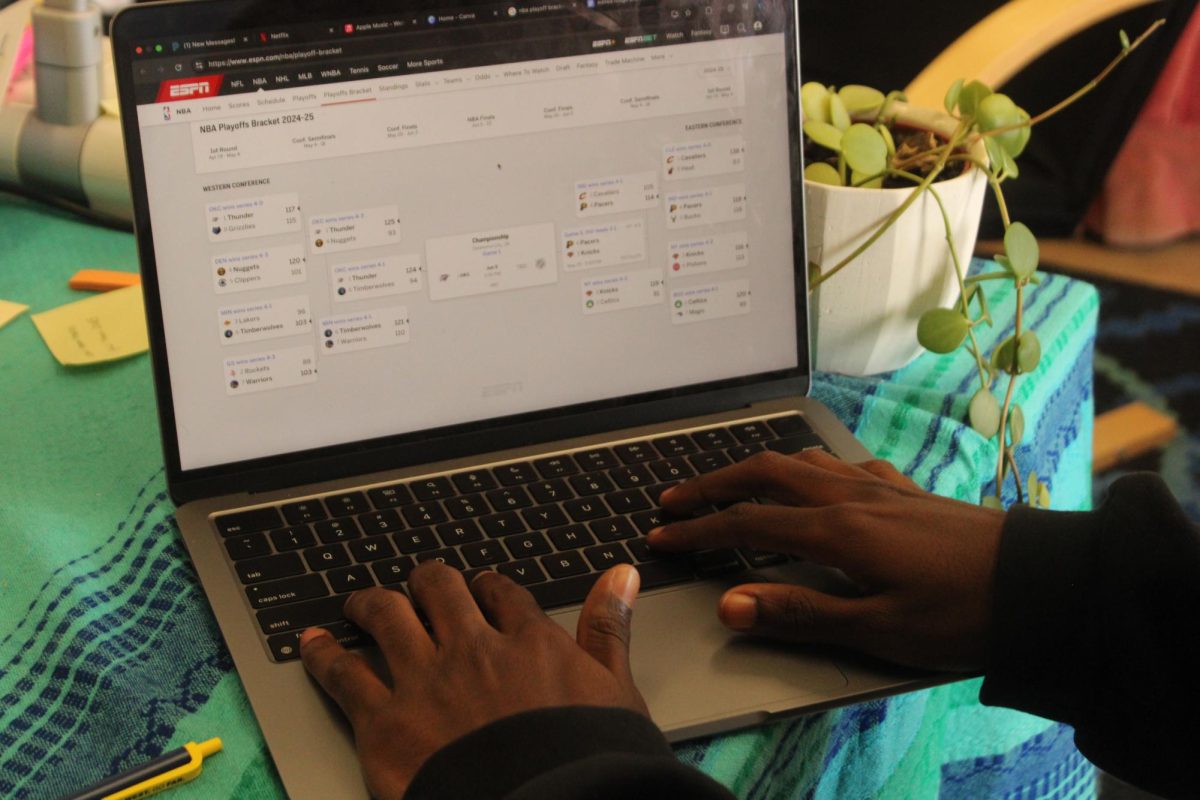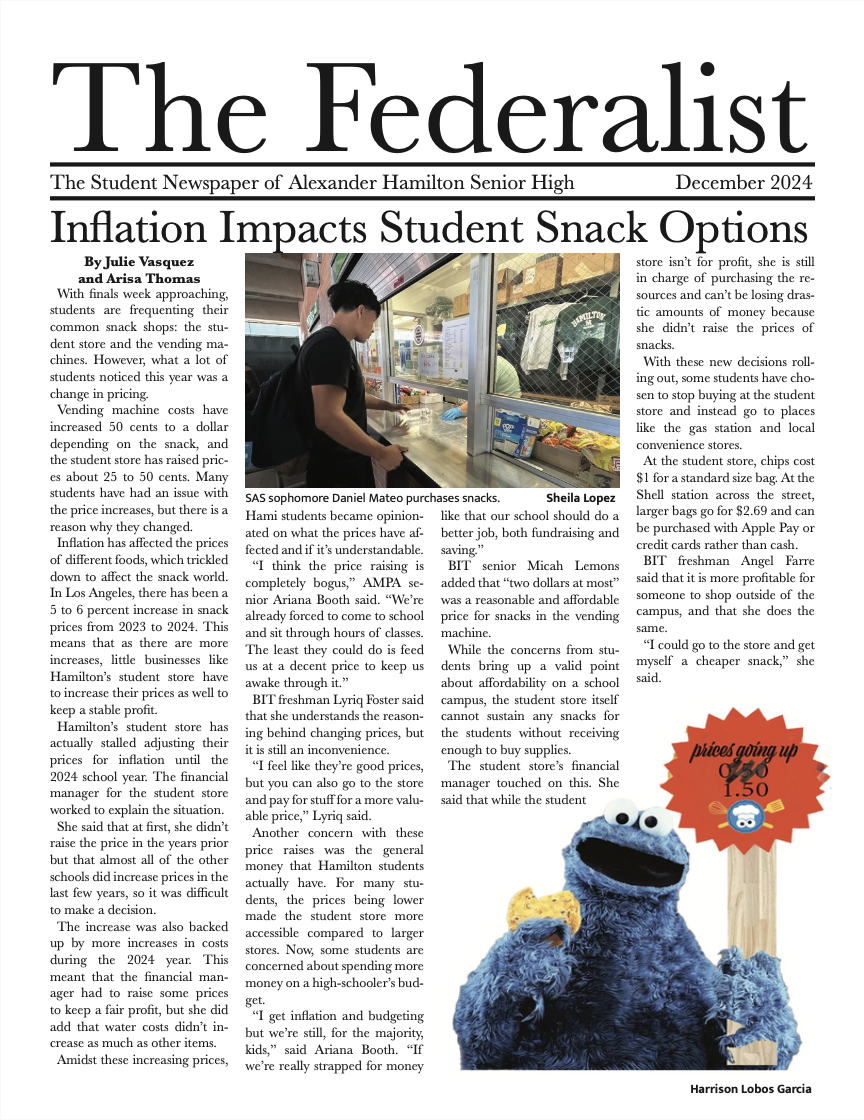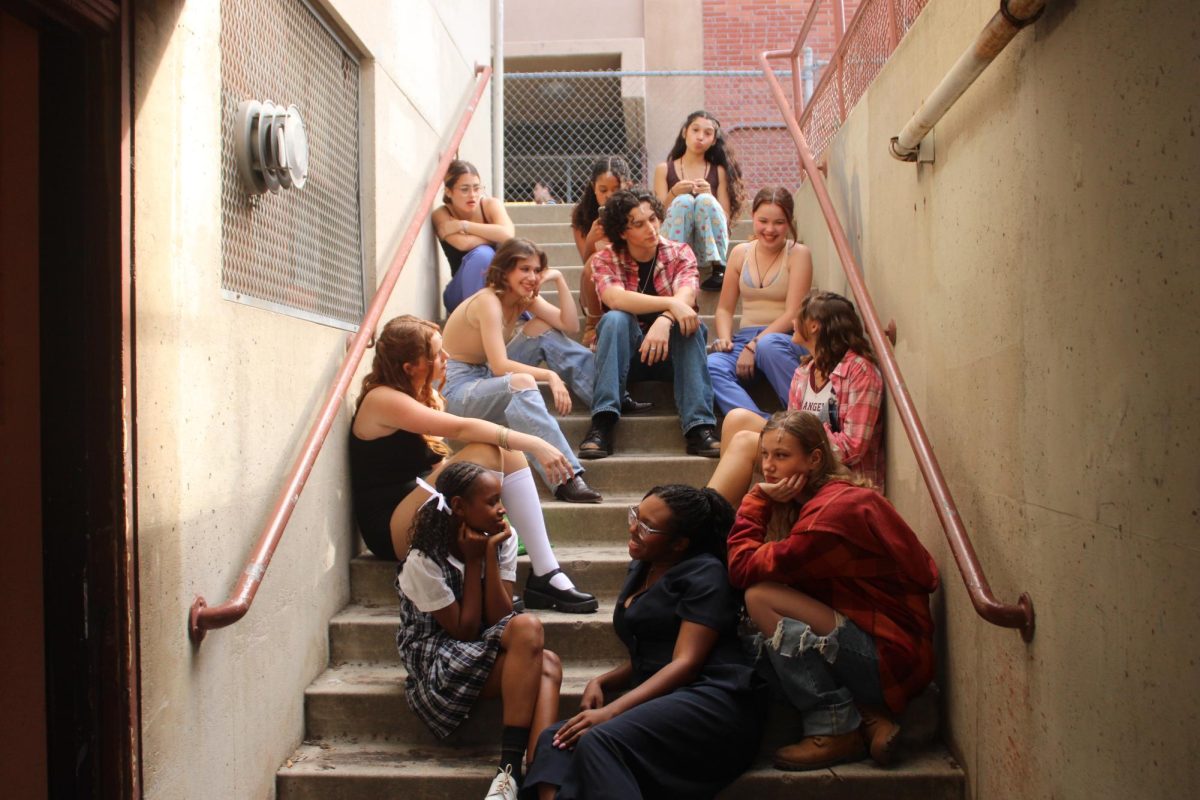Our climate: under attack for economic gain
March 2, 2023
Amid extreme climate change and a scientist-issued code red regarding the planet’s state, an increase in carbon emissions is the last thing we need. However, this is the least of oil company ConocoPhillips’ concerns as they confirm their continuation of The Willow Project, worsening carbon emissions just when they need to be dramatically cut.
The Willow Project is the largest oil extraction project on federal lands. According to an environmental conservation organization Protect Our Winters, the project would build 250 wells, 389 miles of pipelines, 37 miles of road, and a new processing facility. The carbon emissions would equal the emissions from 56 million vehicles in a year. This project would contribute more greenhouse gas emissions than any other project in America. Protect Our Winters describes it as a “massive carbon bomb waiting to detonate.”
While the economic benefits are notable, many are fighting against The Willow Project because its estimated effects on the environment are drastic and irreparable. In a report by phys.org, studies found Rich countries must end their oil and gas production by 2034 to cap global warming at 1.5 degrees Celsius. Echoed by additional reports by Tyndall Centre for climate change, researchers specify there’s no room for any new fossil fuel production facilities if we want a chance at reversing catastrophic global heating and limiting global warming.
Others who don’t care much for climate change also criticize Biden’s potential decision to approve the project for political reasons. The project is inconsistent with President Biden’s commitment to a 50% reduction in greenhouse gas pollution by 2030 and meeting net-zero emissions by 2050.
Despite global disapproval, many Alaskans seem to support the project. However, one group is overwhelmingly unhappy with the proposal: Those who live in the oil drilling zone’s backyard. The Willow Project will take place 36 miles from Nuiqsut, a Native Alaskan community. Rates of respiratory illness rapidly increased recently and residents point to the increase in carbon pollution associated with fossil fuel production as the main contributor.
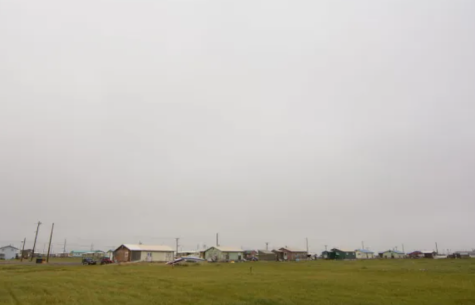
Over three-quarters of the Alaskan population practice a traditional lifestyle that includes spanning fish, whales, and caribou. Residents are concerned this oil infrastructure development could exaggerate the industry’s impact on sensitive ecosystems and food security. “My hometown, Nuiqsut, is the closest town to the project, and we have the most to lose,” Arctic indigenous scholar and Nuiqsut Mayor Rosemary Ahthuangaruak wrote. “The Willow project’s massive infrastructure would bulldoze straight through these crucial habitats, redirecting the animal’s migratory paths, moving them away from nearby villages, and endangering food security.”

The indigenous and their land have been disrespected and mistreated for centuries, and the decision to move through with this proposal would only be a slap in the face to them. The village has only received an average of $600,000 from drilling in the Arctic over the past 10 years. This is equivalent to the amount of money ConocoPhillips made during the summer of 2022 in Alaska in about 2 hours. Their worker’s salaries exceed this in half that time.
If the environmental effects are so disastrous, why are people still considering implementing this project? The answer is simple: The energy production levels and the economy are estimated to skyrocket. U.S. Senator Lisa Murkowski (R—Alaska) argues the project is necessary due to the economic benefits. Murkowski argues the environmental effects are minuscule. “It has been meticulously planned to coexist with the wildlife, with the tundra, with the subsistence lifestyle on the North Slope,” Murkowski wrote. The increase in jobs has also been a key point in the argument for the Willow Project’s benefits. “It’s projected to create an estimated 2,500 construction jobs. 75% of them will be filled with union labor. So, unions are supportive of this. Once complete, it will support 300 permanent jobs.” The project is estimated to produce 180,000 barrels of oil a day at its peak, strengthening America’s energy security and economy.
“The benefits of a project like this, to contracting directly with our Native corporations to provide jobs and making sure the dollar circulates within our local economy as many times as possible, cannot go unnoticed,” Alaska state representative Josiah Patkotak claimed in a press conference.
Environmental organizations and people globally are overwhelming the media with their urges for the Biden administration to refuse to approve the project. Public opinion seems to be against the project, and this applies to students at Hamilton High as well.
“Obviously for a country to be a country you need economic stability, and without that, there’s nothing. But we have to think about the health factors for the people who reside there,” sophomore Sary Rodriguez said. “I think in the long run, it’s gonna cause more negative effects than positive effects. I’m against it.”
Geometry teacher Zachary Judson said he believes the same. “Of course, it is evident gas prices are a huge problem, but the solution to that problem can’t be something that creates a more drastic problem. To entirely ruin someone else’s community for the sake of our own isn’t the right way to go about this.” Despite not having a passion for climate change, he cares about the environment and believes big companies like ConocoPhillips are to blame for the climate change we are experiencing now. “I think the people should have a say in whether the Biden administration approves it or not,” Mr. Judson said.
The only question is: what matters more? Growing the economy or protecting the world that the economy would be irrelevant without? The 250 million metric tons of carbon emissions over the next 30 years or the $2.3-$3.6 billion estimated to come out of the project? That is for President Biden to answer. The only thing we can do is continue to urge against it.
To make a stand or learn more, visit the following sites:
https://act.evergreenaction.com/letter/tell-Biden-shut-down-willow-letter/
https://www.nativemovement.org/nm-blog/2023/2/9/take-action-to-stop-the-willow-project

